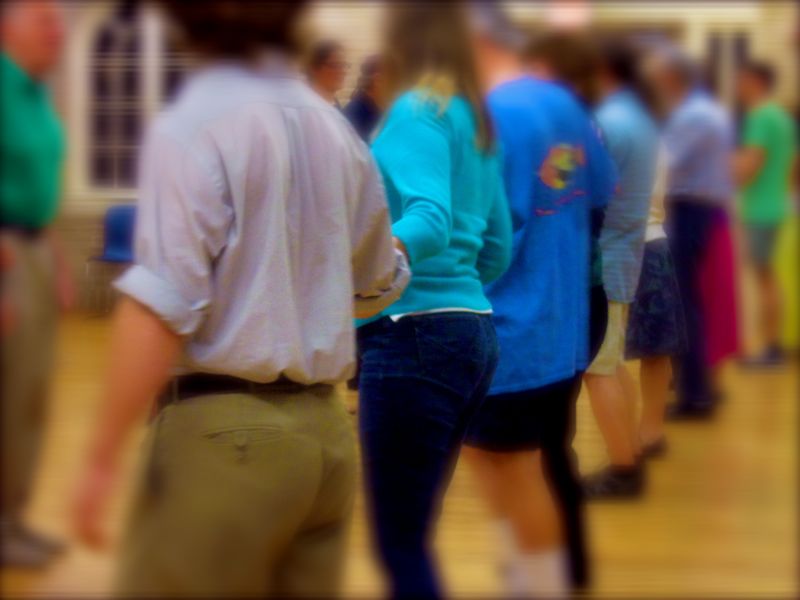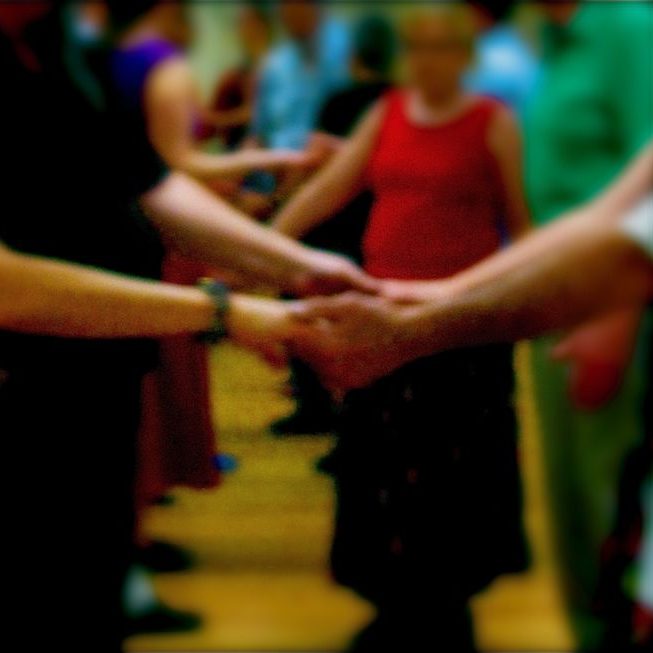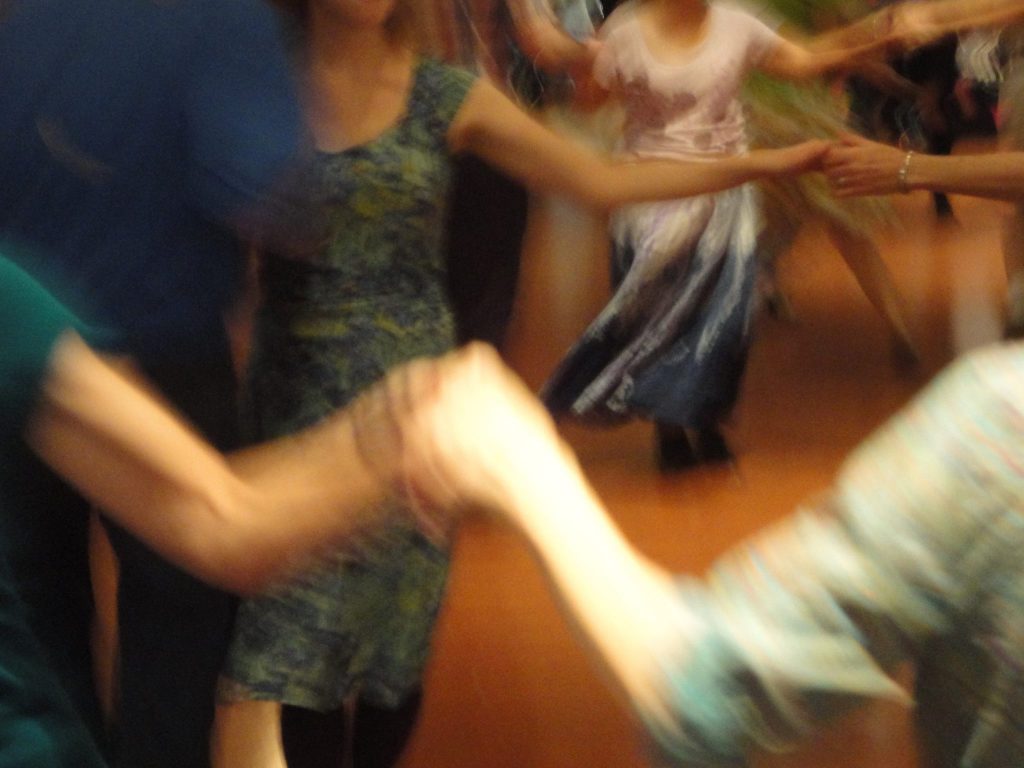2025 TAADA Board
Pamela Weems (President)
I discovered international folk dancing in the 1980’s and contra and English in the late 90’s. It’s been a joy to be able to move to music and meet the most interesting people, while staying active both physically and mentally.
My hope is to be of assistance in growing the community’s awareness and involvement in traditional dance, music and song.
Jennifer Reinhardt
(Vice President)
My love of dance began in the late 90s, when I attended my first contra dance in Worcester, MA. It opened up a whole new world to me, and a very welcoming community, whether dancing close to home or traveling to faraway dances. Contra led to swing/lindy hop, West Coast swing, two-step, English Country dancing, even a brief flirtation with belly dancing, and I met my husband in a Blues dance class. After being a dance ‘consumer’ for all these years, I look forward to participating a bit behind the scenes now.

Catherine Best (Secretary)
I saw a group of contra dancers in 2006 and thought they were having great fun. Soon afterward I started contra dancing and have enjoyed ever since. Contra dancing is very welcoming to newcomers. I have met many other contra dancers in other communities that have weekend dances. The live music on Wednesday evenings is enjoyable.

Donna Baker (Treasurer)
I have great childhood memories of folk dancing at Girl Scout camp, and have been doing international folk dancing with AIFD. My sister is an avid dancer and on one of her visits to Austin, we decided to see what dance opportunities Austin had to offer. I think we went to 11 dance events that week and in the process discovered that we really liked English Country Dancing. It was fun, easy enough that even newcomers could enjoy it, the people were friendly, and the music was beautiful. Was barely getting my feet wet when the pandemic hit, so am really looking forward to being able to dance in person again.

Linda Byers
(At-Large & San Marcos Rep)
I attended my first Contra Dance in 2001 and fell in love both with the dance and with the community that talks about where to dance next. I have been active on dance committees. I enjoy traveling for dance weekends and making new dance friends.
Linda Beamer
(At-Large & ECD Rep)
I have been doing contra and English country dancing since (egad) the early 1980s, when I met my husband-to-be, Ruven Brooks, at a contra dance in Connecticut. Ruven and I are proud to have hosted the first English country dance in Austin in 1994. It consisted of one dance, the only one I could remember in its entirety and for which we had danceable music. I take no credit for ECDs longevity in Austin (Dale Rempert started the first regular dance, and Ruven and I were away dancing in Wisconsin from 1996 to 2010), but I am delighted to be able to help keep it going now.
Priya Keefe
(At-Large)
Walter Barfield
(At-Large)
Donna Hinman
(At-Large)
Become a member of TAADA
You can help us support traditional dance and music in Austin! TAADA members receive discounts at TAADA-sponsored events, can vote for the TAADA board candidates and changes to the bylaws, and are eligible to run for office.